Transmission - Arnold User Guide
- Weight
- Color
- Depth
- Scatter
- Scatter Anisotropy
- Dispersion Abbe
- Extra Roughness
- Shadow Density
- Transmit AOVs
- Dielectric Priority
Weight
Transmission allows light to scatter through the surface, for materials such as glass or water.
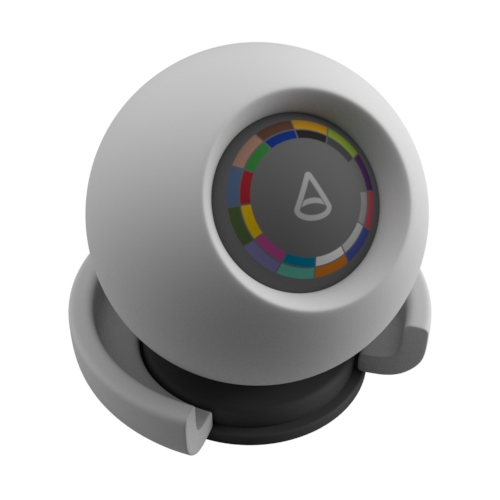 |
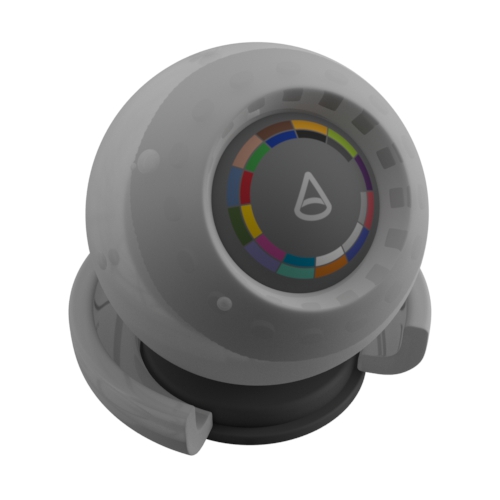 |
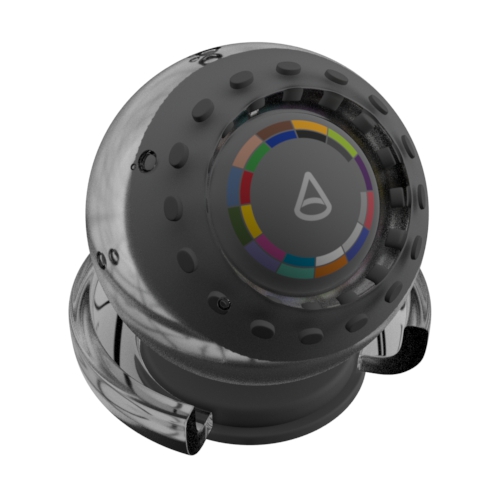 |
| 0 (default) | 0.5 | 1 |
If you can only see black where there should be transparency, you may not have a high enough refraction ray depth value (found in the Ray Depth section of the Render Settings). The default value is two.
Color
This filters the refraction according to the distance traveled by the refracted ray. The longer light travels inside a mesh, the more it is affected by the Transmission Color. Therefore, green glass gets a deeper green as rays travel through thicker parts. The effect is exponential and computed with Beer's Law. It is recommended to use light, subtle color values.
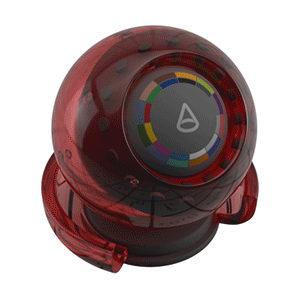
Transmission Color: red (Transmission Depth: 1 to 10)
If you use a fully saturated color like (1, 0, 0), the way that is interpreted is that all red light is allowed to pass through, and no green and blue light. Transmission Color values near 0 make the interior of the mesh very dense to block all light, and then setting the Depth multiplier to a small value like 0.001 might not make much of a difference because the Depth is large anyway.
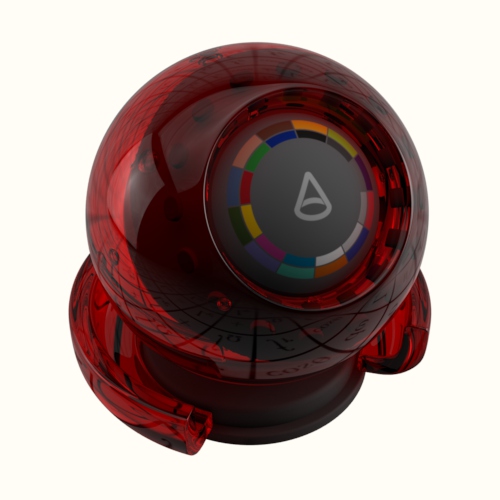 |
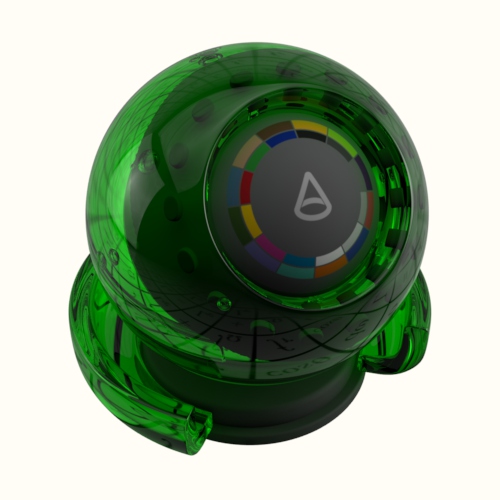 |
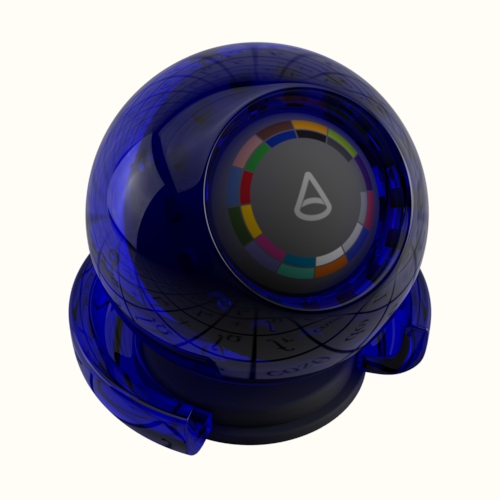 |
| red | green | blue |
Fully saturated colors for Transmission Color are not recommended.
Depth
Controls the depth into the volume at which the Transmission Color is realized. Increasing this value makes the volume thinner, which means less absorption and scattering. It is a scale factor so that you can set a Transmission Color and then tweak the Depth to be appropriate for the size of your object.
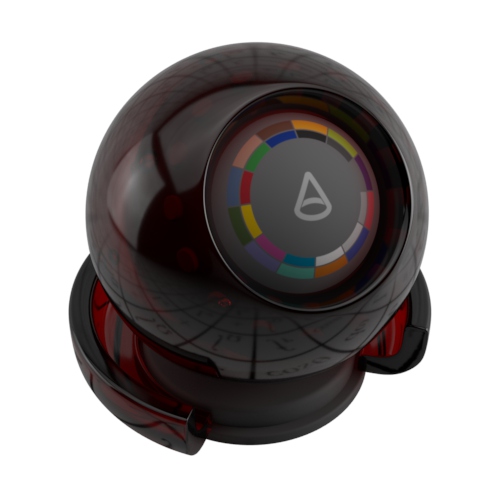 |
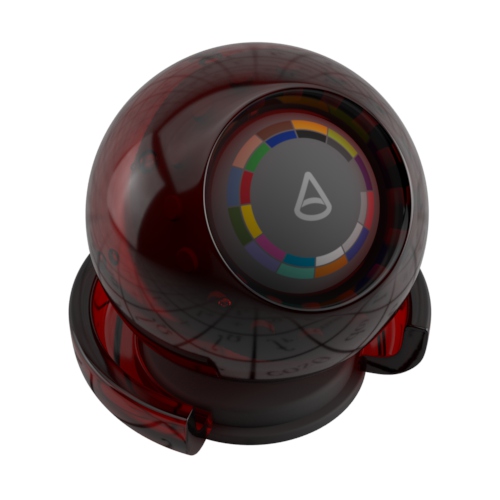 |
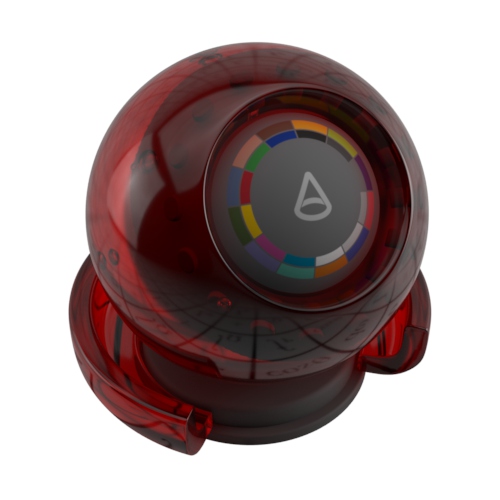 |
| 1 | 2 | 10 |
The effect of increasing Transmission Depth can be seen in the animation below. Note that a Transmission Scatter color has also been used in this case.
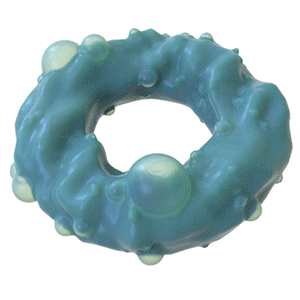
Depth is scene scale-dependent and can have a dramatic effect on its appearance. The Transmission Color and Depth control transmittance/absorption, and that depends on the object scale. So for a small object to see anything, you might need to set a quite low Depth, or for a big object a high one. If you cannot see the effect of Depth, then you may need to check the size of your scene.
When the scene scale is too small, the Transmission Color (orange) appears incorrect (left image) with a Transmission Depth of 1. Lowering the Transmission Depth fixes it (right image). It is recommended to model to a real-world scale to avoid these situations.
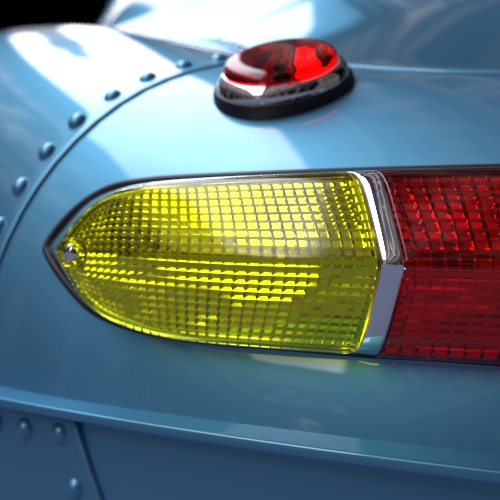 |
 |
| 1 | 0.01 |
Scatter
Transmission Scatter is suitable for any liquid that is fairly thick or where there is enough of it for scattering to be visible, such as a deep body of water or honey. If you have a glass of water, there is not that much scattering; however, for an ocean, it is required. Other examples include materials like ice, opalescent glass, or milky glass.
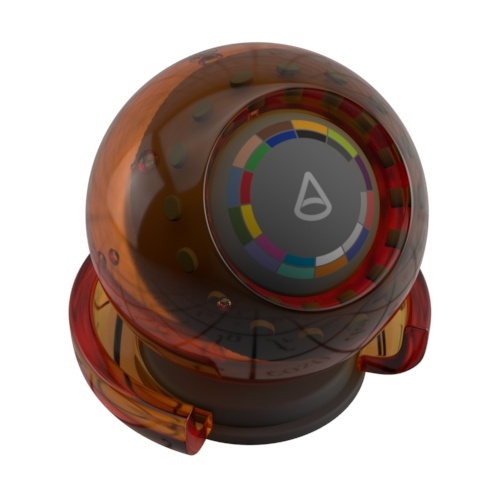 |
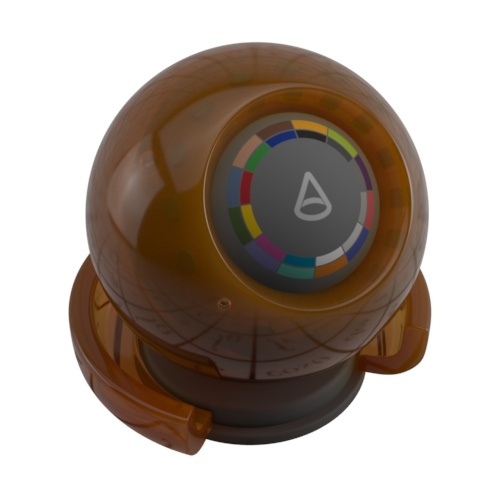 |
| Black (default) | Orange (suitable for thick viscous liquids like honey) |
For scattering to work, ensure that Opaque is enabled for the mesh that has been assigned the Standard Surface shader.
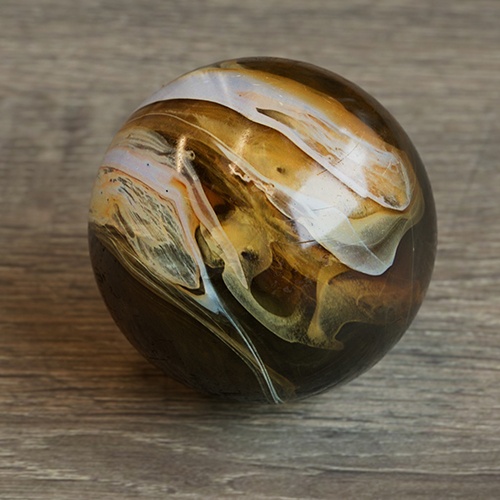 |
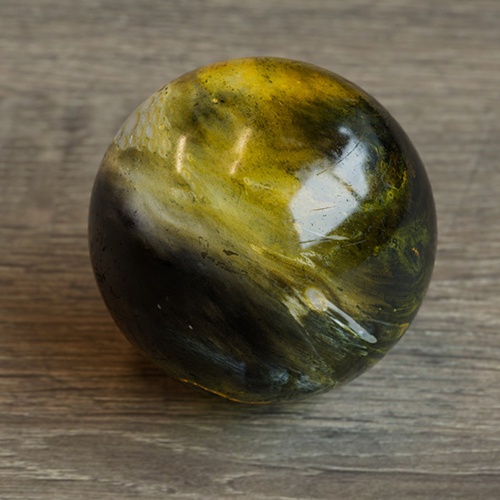 |
image → transmission_scatter and transmission_color
Scatter Anisotropy
The directional bias, or anisotropy, of the scattering. The default value of zero gives isotropic scattering so that light is scattered evenly in all directions. Positive values bias the scattering effect forward, in the direction of the light, while negative values bias the scattering backward, toward the light.
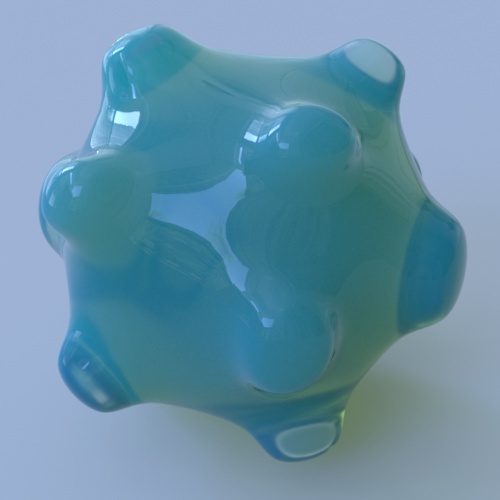 |
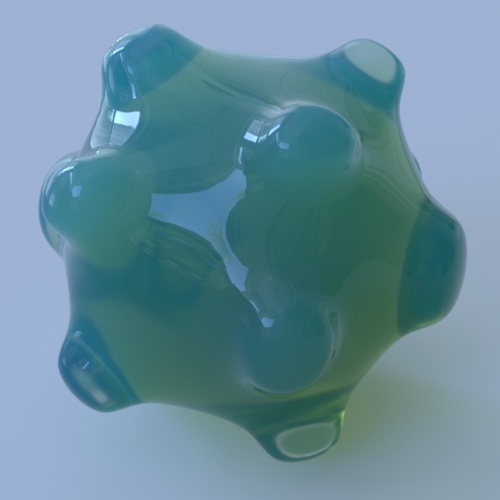 |
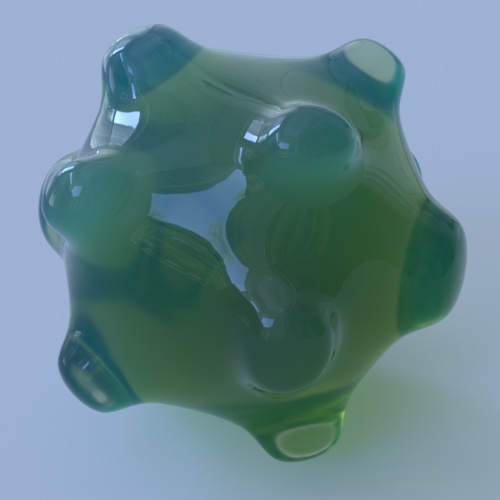 |
| -0.5 | 0 (default) | 0.5 |
Dispersion Abbe
Specifies the abbe number of the material, which describes how much the index of refraction varies across wavelengths. For glass and diamonds, this is typically in the range of 10 to 70, with lower numbers giving more dispersion. The default value is 0, which turns off dispersion. The chromatic noise can be reduced by either increasing the global Camera (AA) samples or the Refraction samples.
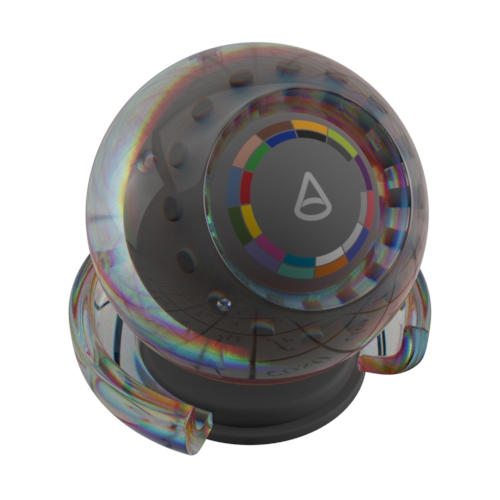 |
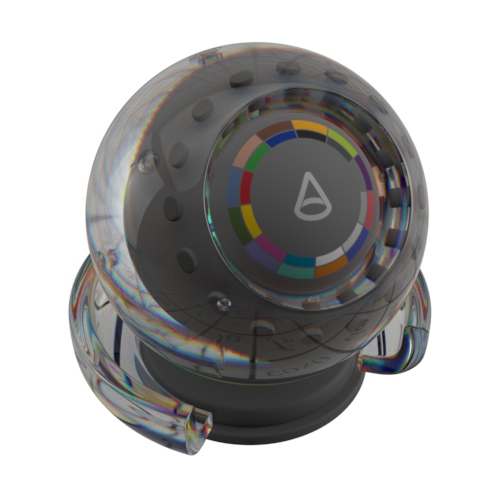 |
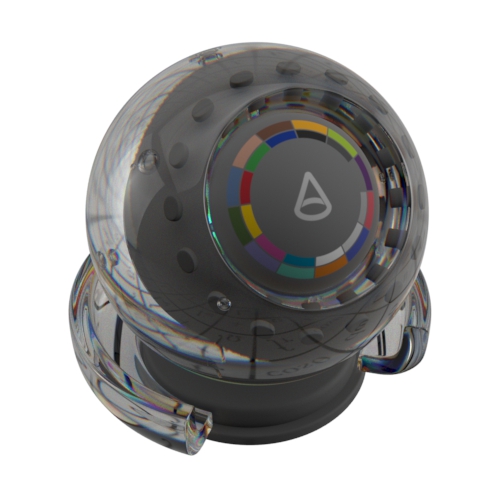 |
| 1 | 3 | 6 |
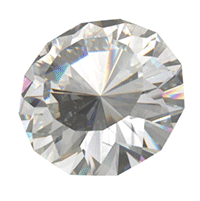
Transmission dispersion is ideal for gemstone materials like diamond
Extra Roughness
Adds some additional blurriness of refraction computed with an isotropic microfacet BTDF. The range goes from -1 to 1, where 0 means no roughness. It is computed as
Transmission Roughness = Specular Roughness + Transmission Extra Roughness.
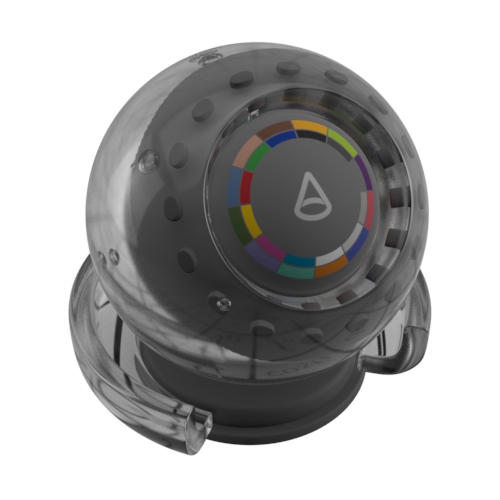 |
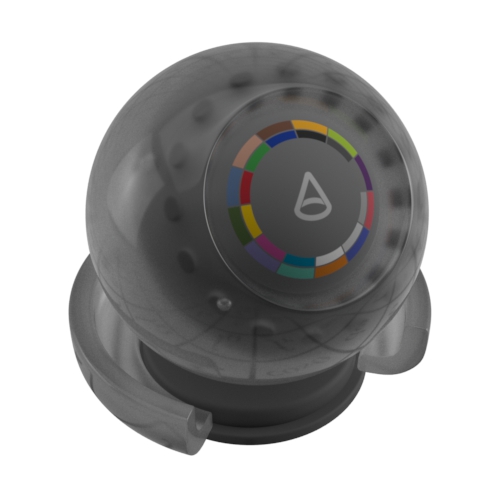 |
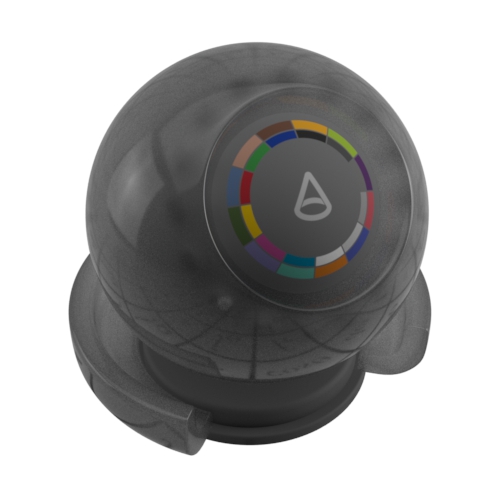 |
| 0 (default) | 0.5 | 1 |
Negative values result in a lower roughness for transmission than for reflection.
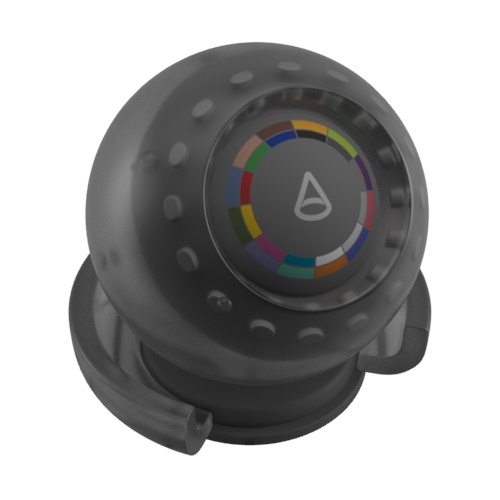 |
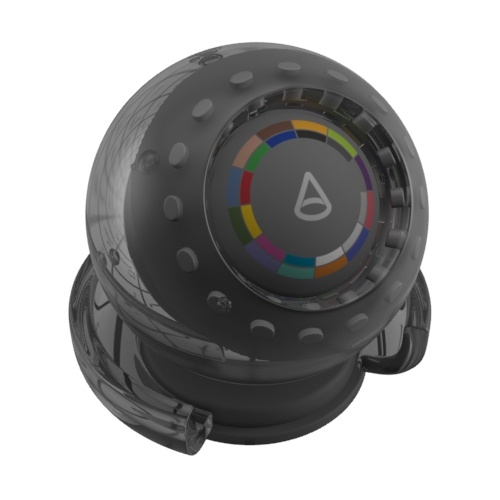 |
| 0 (default) | -1 |
Specular Roughness: 0.3
Shadow Density
Controls the darkness of the shadow cast by transmissive objects. The shadow is totally dark at 1, and absent at 0. The default value of 0.5 gives a plausible look in most cases.
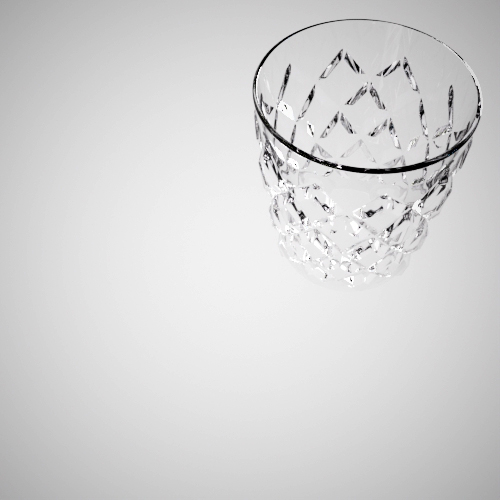 |
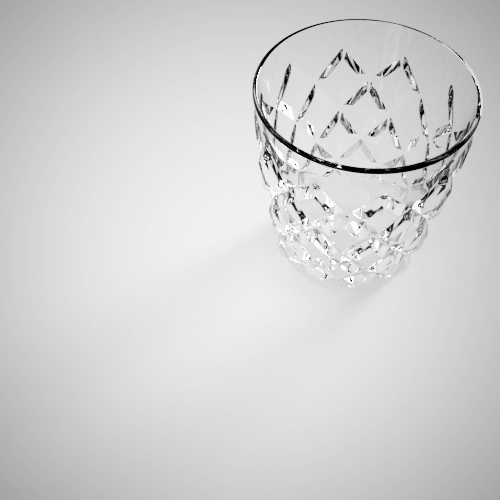 |
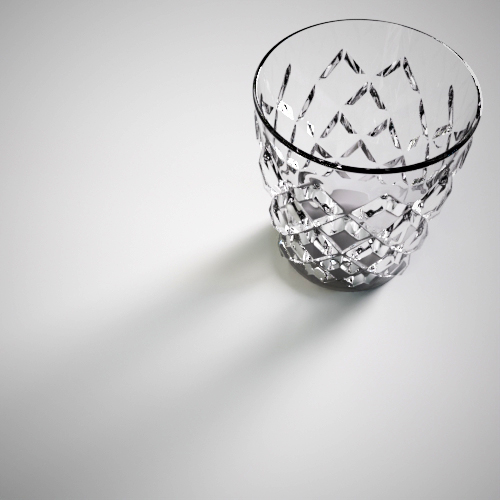 |
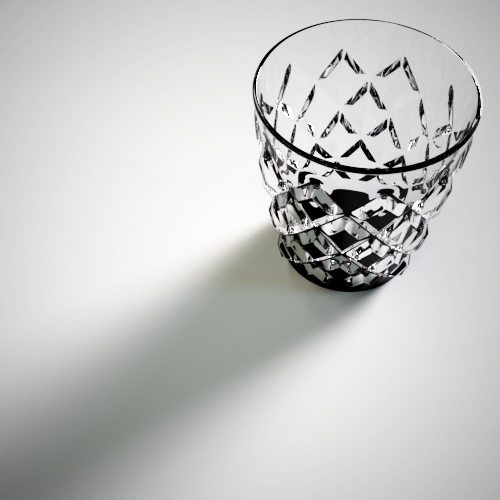 |
| 0 | 0.5 (default) | 0.9 | 1 |
Transmit AOVs
When enabled, Transmission will pass through AOVs. If the background is transparent, then the transmissive surface will become transparent so that it can be composited over another background. Light path expression AOVs will be passed through so that for example a diffuse surface seen through a transmissive surface will end up in the diffuse AOV. Other AOVs can also be passed straight through (without any opacity blending), which can be used for creating masks for example.
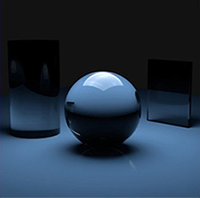 |
 |
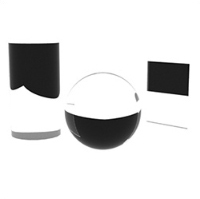 |
| beauty | disabled | enabled |
Dielectric Priority
Specifies how to resolve overlapping dielectrics into a well-defined medium, so that higher priority (higher number) dielectrics override lower priority ones, which are effectively removed. This is used to correctly set up cases with adjacent dielectric media, such as a glass of water with ice.
Dielectric Priority is an integer (default 0) which can be positive or negative, where higher priority numbers override lower priorities. So, for example, if glass with priority 2 overlaps water with priority 1, then in the overlap region, only the glass survives. Negative priorities are allowed, so, for example, a priority 0 object would override priority -1 (as it may be convenient to use negative priorities sometimes to specify a lower priority medium than the default 0).
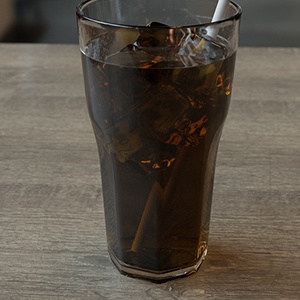 |
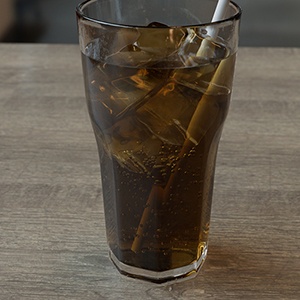 |
| Default Dielectric Priority: 0 (not physically correct) | Dielectric Priority: glass: 3, ice & bubbles: 2, liquid: 1. |
Nested dielectrics is enabled by default and can be found in the render settings -> Sampling -> Advanced (Dielectric Priorities). You will notice changes to the look of old scenes. Disable this option if you wish to revert to previous non-physical results.
More information about nested dielectrics can be found here.
